Some Dogs Are More Than a Handful: An Honest Guide to ‘Difficult’ Breeds
After more than two decades working with dogs, from service animal training to helping folks pick a family pet, I’ve seen the same story play out a hundred times. People get starry-eyed over a dog’s majestic look or a cool story they heard, and they completely miss the reality of the animal right in front of them. We toss around terms like ‘high-maintenance,’ but that doesn’t even begin to cover it. It’s not about a dog being intentionally “difficult.” It’s about a dog having deep, hard-wired needs that come from generations of being bred for a very specific job.
In this article
- The Akita: The Silent, Powerful Guardian
- The Jack Russell Terrier: A Stick of Dynamite in a Small Package
- The Belgian Malinois: The Four-Legged Professional Athlete
- The Puli: That Amazing Coat is a Part-Time Job
- The Chow Chow: The Aloof Cat in a Dog’s Body
- The Border Collie: A Certified Genius That Needs a Full-Time Job
- The Cavalier King Charles Spaniel: The Heartbreaking Health Disclaimer
- What If You’re Already in Over Your Head?
- Final Thoughts: A Commitment, Not a Commodity
- Inspirational Gallery with Photos
These aren’t your average, go-with-the-flow companions. These dogs are specialists. They were designed for a purpose, whether that was hunting big game in the mountains of Japan or managing livestock on the Scottish border. When you take a specialist out of their element and drop them into a suburban home that doesn’t get it, you get problems. And let’s be clear: it’s not the dog’s fault. It’s a collision between human expectation and canine reality.
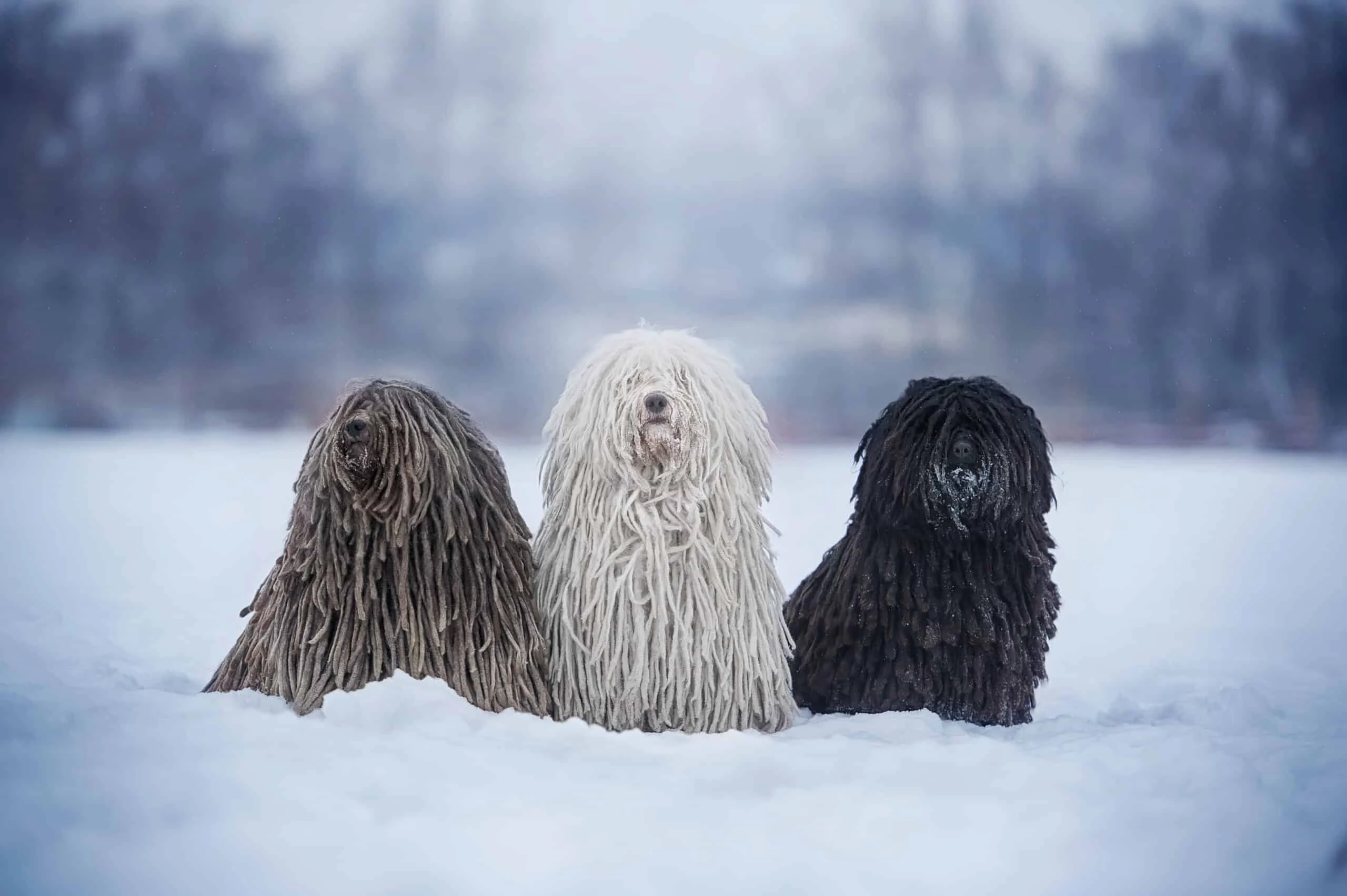
This guide isn’t meant to scare you off. It’s here to give you a brutally honest look at what it really takes to live with some of these more demanding breeds. My goal is to help you make a choice that leads to a happy life for both of you, because a good match is a beautiful thing. A bad one? It can be absolutely heartbreaking.
The Akita: The Silent, Powerful Guardian
I’ll never forget the first Akita I was asked to evaluate. He was magnificent, built like a tank, but he had this ancient stillness about him. He wasn’t mean, but he watched every single person with an unnerving focus. The family saw a loyal protector for their kids. I saw a specialist who required an expert handler, not a busy home with frequent visitors.
The ‘Why’ Behind the Watchfulness
Hailing from the mountainous regions of northern Japan, Akitas were bred to hunt large, dangerous game. Think bear and wild boar. This job required a dog that was fearless, independent, and could make decisions on its own. They are not classic “pack dogs.” This history is baked into their DNA. Their loyalty is legendary, but it’s laser-focused on their inner circle. To an Akita, pretty much everyone else is a stranger until proven otherwise, and they are not in a hurry to be convinced.

This genetic wiring is why they’re often intolerant of other dogs, especially those of the same sex. It’s not malice; it’s the leftover instinct from their role as a solitary hunter. You can’t train this out of them. You can only manage it.
Living with an Akita: The Real Deal
Socialization and Training: This is non-negotiable. Early and extensive socialization is a critical safety measure. But—and this is a big but—this doesn’t mean dragging your Akita puppy to a chaotic dog park. That’s a recipe for disaster. It means structured, calm exposure. A great first step? Take your puppy to a park, sit on a bench 50 feet away from everything, and just reward them with high-value treats for calmly observing the world. Training must be built on mutual respect. They’re too smart and sensitive for harsh methods, which will only break their trust.
Grooming: That thick double coat is a lot. Most of the year, a weekly brushing with an undercoat rake (like a Furminator or similar tool) will do. But twice a year, they “blow” their coat. And I mean EXPLODE with fur. Tufts of undercoat will cover every surface you own for weeks. During this time, you’ll need to brush them daily to prevent matting and keep your sanity.
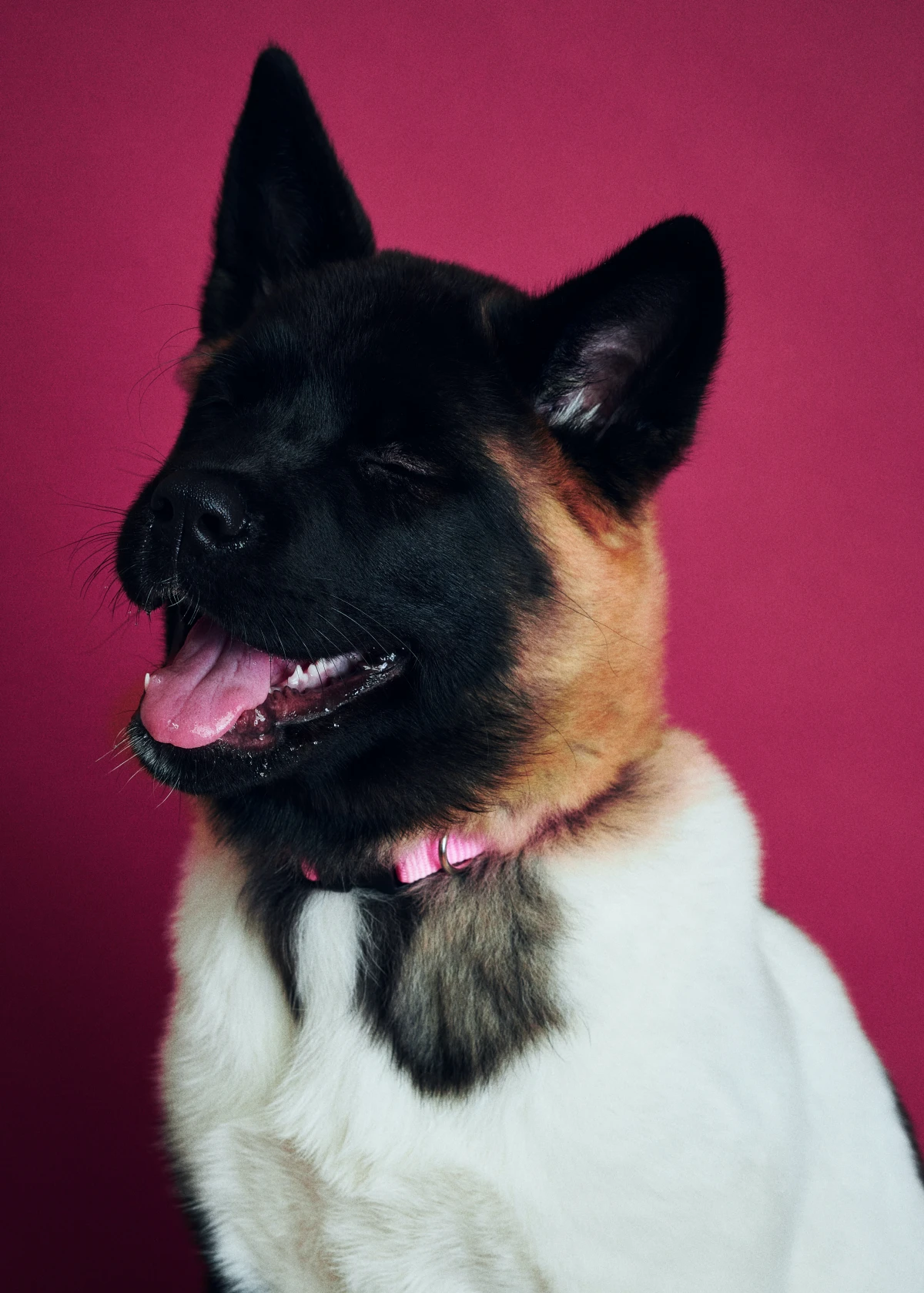
Real-World Considerations: This is not a dog for a first-time owner. Period. Their power and protective nature demand an experienced handler. They are best suited to a single-dog household due to the risk of dog-on-dog aggression. And yes, I’ve seen Akitas live peacefully with another dog for years and then one day, a serious, life-altering fight occurs. It’s a risk you have to accept. A securely fenced yard (at least 6 feet high) is a must, and they should never, ever be trusted off-leash in an open area.
The Jack Russell Terrier: A Stick of Dynamite in a Small Package
I once consulted with a family who got a Jack Russell because he was small and cute. They lived in an apartment and were gone all day. Three months in, the dog had eaten a sofa, excavated every houseplant, and developed a bark that could shatter glass. They didn’t have a bad dog; they had a perfectly normal, under-stimulated Jack Russell.

The ‘Why’ Behind the Energy
These little terriers were developed in England to hunt foxes, both above and below ground. They needed to be brave enough to face a fox in its den and have the stamina to run with horses all day. This is a tenacious, full-throttle working dog squeezed into a tiny body. Their instincts to dig, chase, and bark aren’t bad habits—it’s who they are.
Channeling a Pocket Rocket
Training and Enrichment: A bored Jack Russell is a one-dog demolition crew. Training is mandatory, and you need to keep it fun and fast-paced. They are incredibly smart and get bored with endless repetition. Puzzle toys are your best friend! A good starter kit would be a few Kongs to stuff with food, a snuffle mat for scent games, and a flirt pole (around $30 online) for the backyard to safely burn off that chase drive. You can’t stop the digging, so redirect it. Build a small sandbox in a corner of the yard for about $50 in materials from a home improvement store, bury toys in it, and praise them like crazy for digging there.
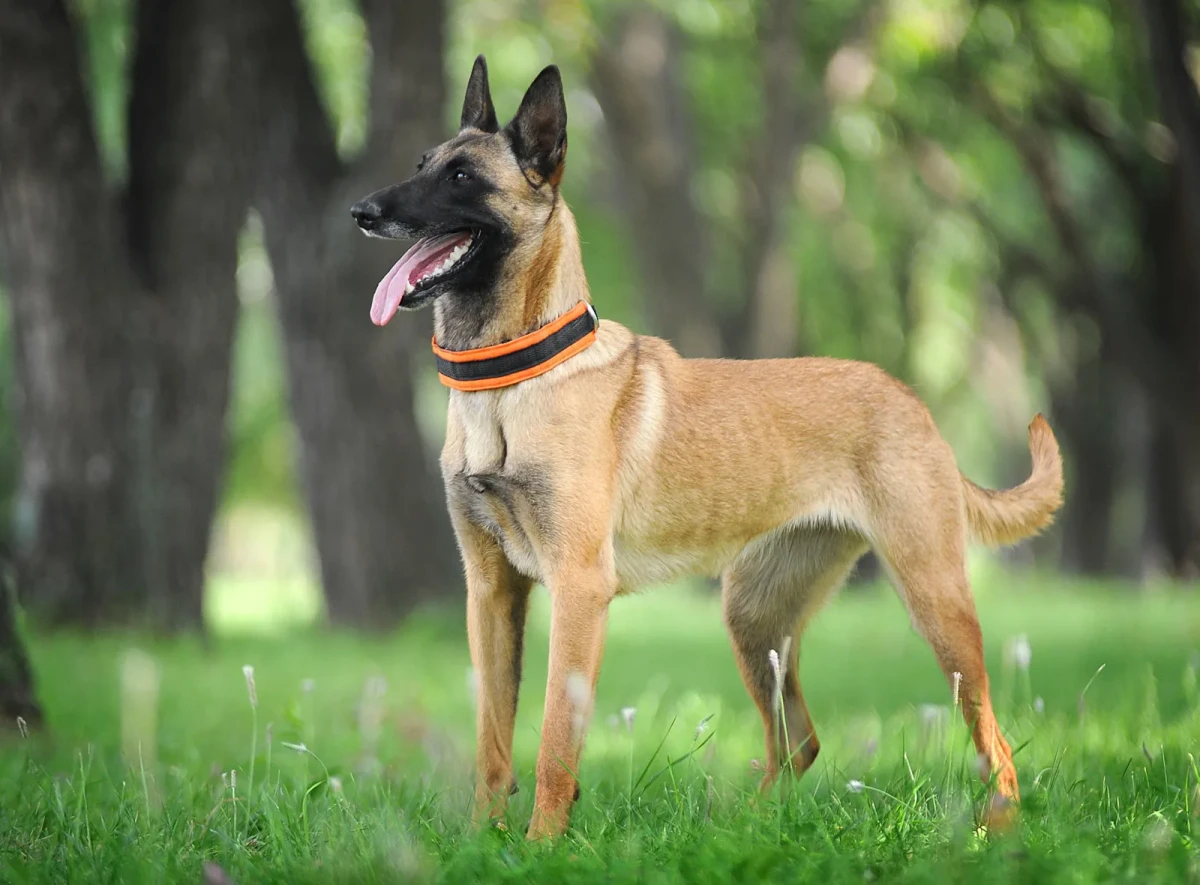
Exercise: A casual walk is a joke to them. They need at least an hour of vigorous activity every single day. We’re talking running, intense fetch, or sports like Barn Hunt that give them a real job. Letting them off-leash is a huge gamble unless you have a rock-solid recall and are in a securely fenced area.
Heads up! Their prey drive is off the charts. They are generally not a good fit for homes with cats, rabbits, hamsters, or other small pets. It’s a tragic but predictable outcome of their breeding.
The Belgian Malinois: The Four-Legged Professional Athlete
My most intense work has been with the Belgian Malinois. These are not pets; they are professionals. The biggest mistake people make is getting one because they saw a cool video of a police K9. Owning a Malinois isn’t a hobby; it’s a complete lifestyle change.
The ‘Why’ Behind the Drive
The Malinois is a type of Belgian sheepdog whose intelligence and athleticism made them the top choice for military and police units around the globe. Their energy is extreme, their desire to work is relentless, and their “off switch” is notoriously difficult to find. A Malinois’s brain needs even more exercise than its body. Left in a yard, they won’t just dig a hole; they’ll learn how to open the gate or systematically dismantle your shed for fun.
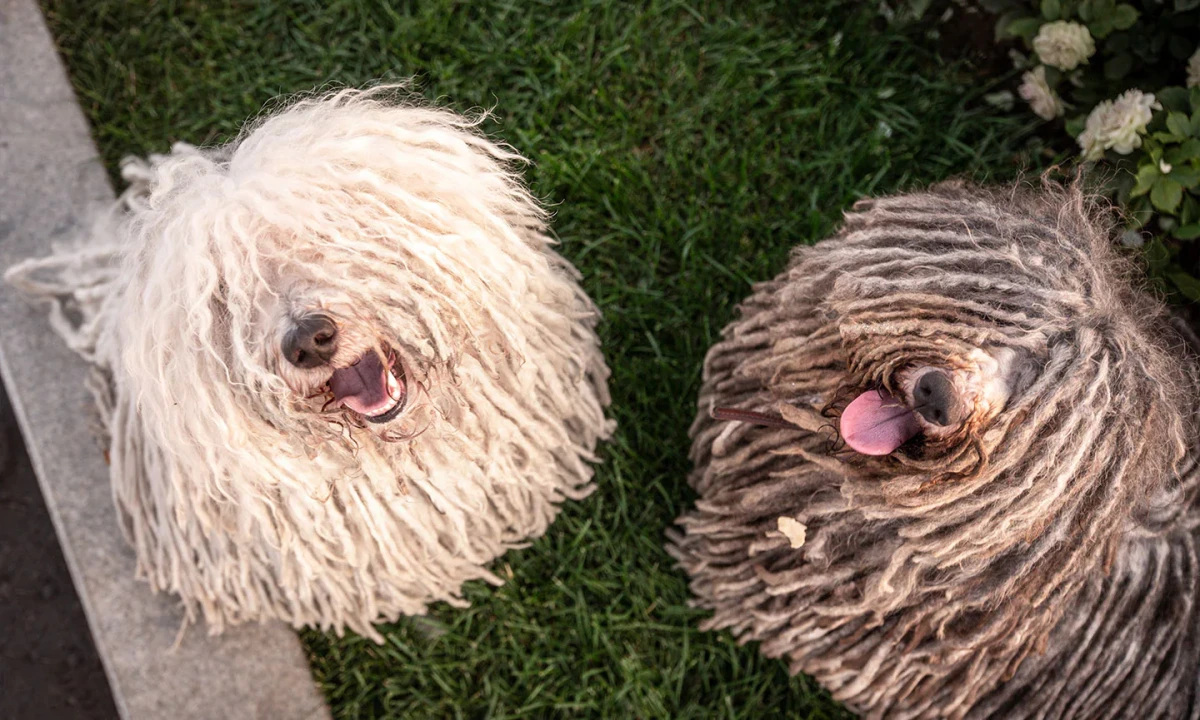
Meeting the Needs of a Super-Dog
The Job Mandate: A Mal without a job is a ticking time bomb. This doesn’t mean you need to join the police force, but you MUST provide structured, challenging work. Think advanced obedience, protection sports (with a professional club ONLY), competitive agility, or high-level nosework. A simple game of fetch isn’t enough and can actually create obsessive, neurotic behaviors. They need tasks that make them think.
Training: This is a lifelong, daily commitment. They are incredibly sensitive to their handler and require someone who is fair, consistent, and understands modern training techniques. Find a trainer with specific, verifiable experience in high-drive working breeds. This is not the time for a general puppy class instructor.
Exercise: Budget a minimum of two hours of intense, structured activity per day. This is the bare minimum. This includes both physical conditioning and mental work. If your life doesn’t already revolve around dog-centric activities, do not get this breed.
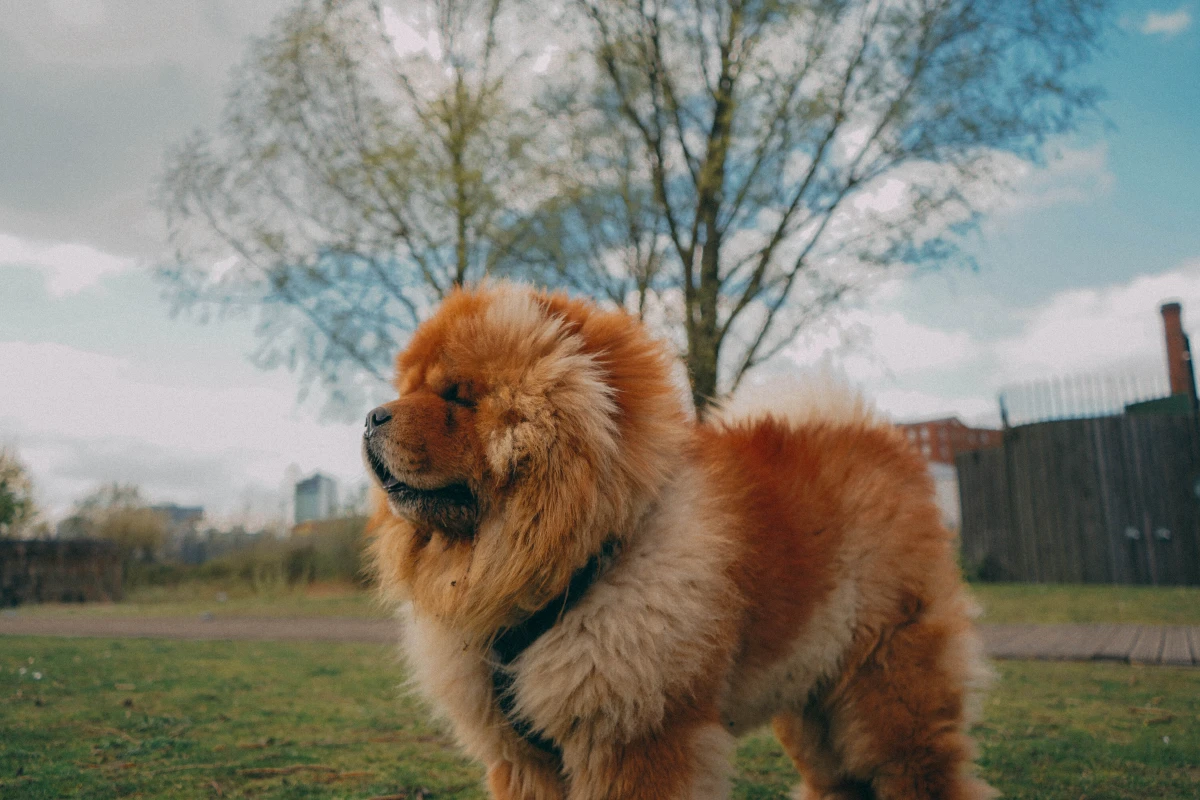
The Puli: That Amazing Coat is a Part-Time Job
The first time I saw a fully corded adult Puli, I was just blown away. It was like a living sculpture. But then I talked to the owner, who spent 30 minutes explaining just the basics of coat care. It became obvious that owning this dog is a serious, craft-level commitment to grooming.
The ‘Why’ Behind the Cords
This ancient Hungarian sheepdog’s corded coat was purely functional. It provided incredible insulation and protection from predator bites. The cords are not dreadlocks; they are a natural combination of a soft undercoat and a coarse outer coat matting together. But getting them to form into clean, healthy cords requires a ton of work from you.
The Reality of Cord Care
Management: This is a lifelong project. As the puppy coat comes in, you have to start meticulously separating the developing clumps into sections, all the way down to the skin, so air can get through. You aren’t brushing; you’re splitting cords with your fingers for hours. If you neglect this, the coat becomes one giant, painful mass called a ‘plate,’ which can cause nasty skin infections and will require a full, expensive shave-down.
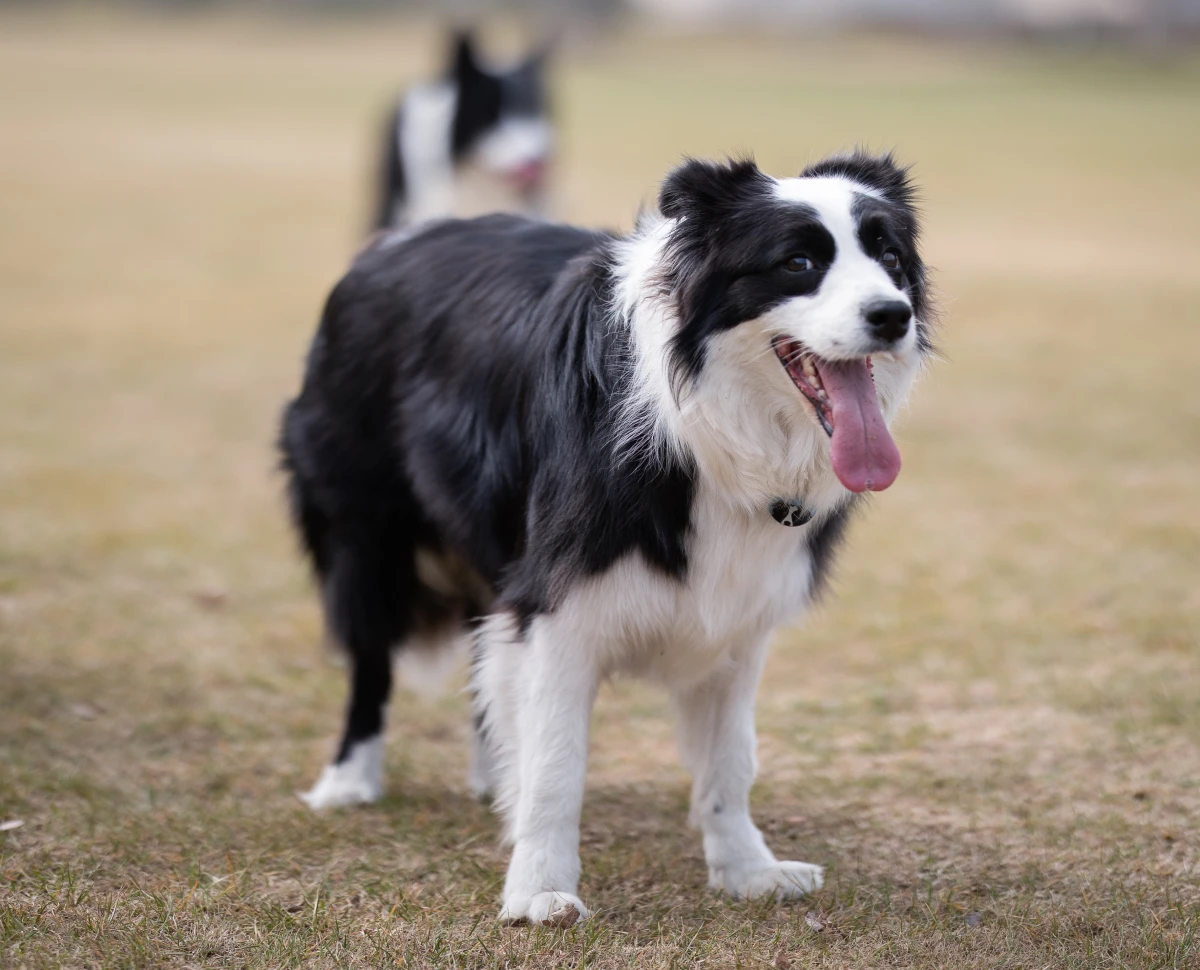
Bathing: Bathing a Puli is an all-day event. No exaggeration. The cords soak up water like a sponge. You have to squeeze shampoo and then water through every single cord. The drying process is even more critical and can take over 24 hours. Many owners buy a high-velocity cage dryer (which can cost $200-$500). If the cords stay damp inside, they will grow mildew. Trust me, you never forget the smell of a mildewed Puli coat.
Quick tip: If you plan to use a professional groomer, find one with specific corded-coat experience before you get the dog. And be prepared to pay for that specialty skill—we’re talking $150-$250 or more per session.
The Chow Chow: The Aloof Cat in a Dog’s Body
People see a Chow Chow and think ‘fluffy teddy bear.’ This is a dangerous comparison. A Chow’s temperament is about as far from a cuddly toy as you can get. I often describe them to clients as being more like cats: independent, dignified, and very selective with their affection.
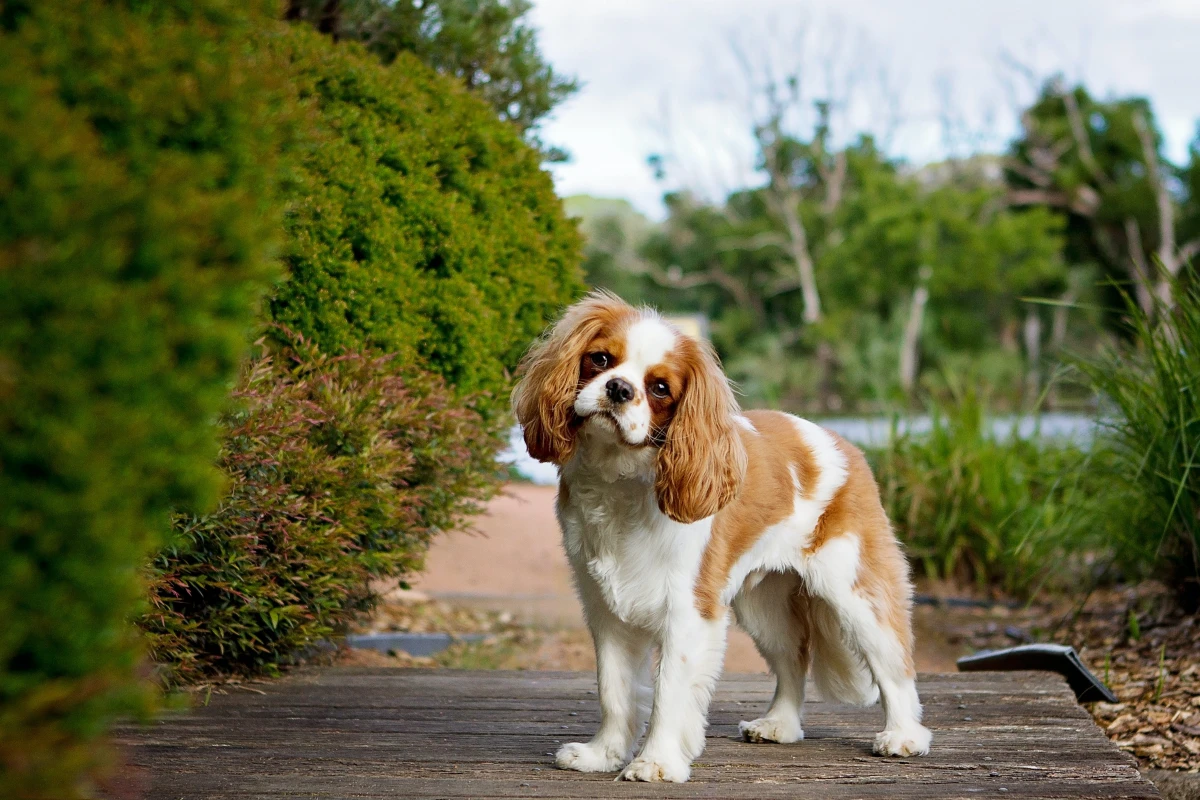
The ‘Why’ Behind the Attitude
The Chow is an ancient breed from Asia, used for hunting and guarding. This shaped them into a serious-minded dog that is naturally suspicious of strangers. Their loyalty to their family can be immense, but it doesn’t extend to your friends or the mailman. Oh, and a crucial point: their deep-set eyes give them poor peripheral vision. They startle easily when approached from the side, and a startled Chow can react defensively.
Managing a Dignified Dog
Socialization: Just like the Akita, careful and early socialization is vital. They need to learn that new people aren’t threats, but forcing interactions will always backfire. Training requires huge amounts of patience. They are smart but stubborn; they need a reason to do what you ask. Positive reinforcement is the only way.
Grooming: That beautiful thick coat needs brushing several times a week to prevent mats, especially behind the ears. A full session can easily take an hour. Grooming from a young age is key so they learn to tolerate being handled all over.
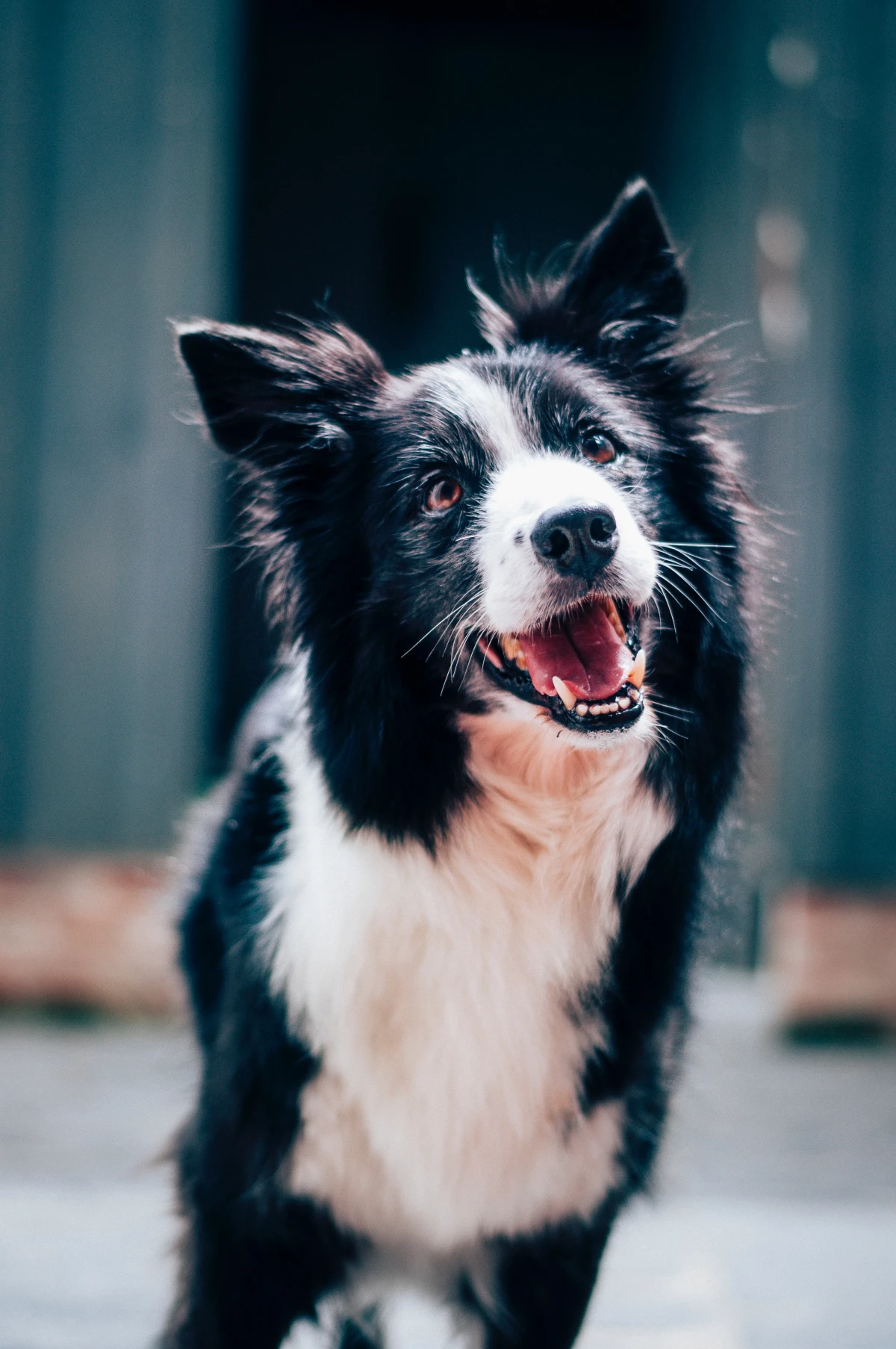
The Border Collie: A Certified Genius That Needs a Full-Time Job
I have nothing but respect for the Border Collie. Their intelligence is on another level. But that genius brain doesn’t just switch off when they’re kept as a family pet. A bored Border Collie is a miserable creature. They will find a job, and you probably won’t like the one they choose—like herding your children, other pets, or even passing cars by nipping at their heels.
The ‘Why’ Behind the Stare
These dogs were perfected on the border of Scotland and England to do one thing: herd sheep. Everything about them, from their famous intense ‘eye’ to their athletic build, is for this purpose. They have the stamina of a marathon runner and the mental processing power of a supercomputer.
What an Unemployed Genius Needs
Simply tiring them out with a ball or frisbee is not enough; in fact, it can create obsessive behaviors like shadow chasing. They need mental challenges. Dog sports are practically a requirement—agility, flyball, competitive obedience, or herding trials are all fantastic outlets.
Three brain games you can play at home:
- The Shell Game: Get three plastic cups. Put a treat under one, shuffle them around, and let your dog ‘show’ you which one it is.
- ‘Find It’: Have your dog stay while you hide their favorite toy in another room. Come back and release them with a ‘Find it!’ command. Start easy and make it progressively harder.
- Muffin Tin Puzzles: Put a few treats in a muffin tin and cover each cup with a tennis ball. Let your dog figure out how to get to the goodies.
Honestly, if you work a nine-to-five job and want a dog to chill on the couch with you, this is one of the worst choices you could possibly make. They need a hobbyist owner, not just a pet owner.
The Cavalier King Charles Spaniel: The Heartbreaking Health Disclaimer
On the surface, the Cavalier seems like the opposite of the other dogs here. They’re gentle, sweet, and live to please. Their ‘maintenance’ isn’t about energy or aggression. It’s about two crushing realities: their profound need for companionship and their predictable, severe health problems.
The ‘Why’ Behind the Cuteness
Cavaliers were bred for one job: to be a loving lap dog for royalty. That’s it. This is why they’re so sweet, but it’s also the source of their biggest challenge: crippling separation anxiety. They are not emotionally built to be left alone.
The Unvarnished Truth
Emotional Needs: If everyone in your home is gone for a standard eight-hour workday, please do not get this breed. They can become so distressed it leads to destructive behaviors and non-stop barking. They are a perfect fit for retirees, work-from-home folks, or families where someone is always present.
The Health Section You MUST Read: This is the most important part. The breed is plagued by devastating genetic health issues. Anyone considering a Cavalier must be prepared for this, both emotionally and financially. The two biggest are Mitral Valve Disease (MVD) and Syringomyelia (SM).
MVD is a heart condition so common that a huge percentage of Cavaliers develop a heart murmur by age five, often leading to congestive heart failure. Be prepared for potential vet bills for MVD that can range from $500 to $2,000+ per year for cardiologist visits and daily medications.
SM is a horrific condition where the dog’s skull is too small for its brain, causing fluid pockets on the spinal cord and leading to intense, chronic pain. It’s manageable with costly medication, but it’s a terrible, progressive disease.
Quick tip: Choosing a breeder who does extensive health testing is the ONLY responsible way to get a Cavalier. You must ask to see certificates for the parent dogs, specifically: an OFA Cardiac exam (by a cardiologist), a CERF Eye exam, an OFA Patella exam, and ideally an MRI screening for SM. If a breeder balks at this, walk away. Immediately.
What If You’re Already in Over Your Head?
Maybe you’re reading this article and feeling a pit in your stomach because you already have one of these dogs and you’re struggling. First, take a breath. It’s okay. The most important thing is to get help now.
Your first step should be to contact a certified professional. Look for a Certified Professional Dog Trainer (CPDT-KA) or, even better, a Certified Dog Behavior Consultant (CDBC). These professionals can give you a personalized management plan. Second, reach out to the national breed club or a reputable breed-specific rescue group online. They are full of people who love these dogs and have decades of experience. They aren’t there to judge you; they are there to help you and your dog succeed.
Final Thoughts: A Commitment, Not a Commodity
Choosing a dog shouldn’t be an impulse buy. It should be a process of deep self-reflection. It’s not about finding the ‘best’ dog, but the dog that is genuinely right for your specific life, home, and abilities. The breeds here are not bad dogs. In the right hands, they are absolutely incredible. But they all demand more than the average person can—or frankly, wants to—provide.
So be brutally honest with yourself. Do you truly have the time, money, energy, and unwavering commitment to meet these intense needs, day in and day out, for the next 10-15 years? If the answer is anything but a loud, confident ‘YES,’ then please, for the dog’s sake, admire them from afar and choose a different companion. That’s the greatest act of love you can offer.
Inspirational Gallery with Photos
A common pitfall: The ‘Game of Thrones’ effect. After the show’s popularity, Siberian Husky rescues saw a massive influx of abandoned dogs. People fell for the majestic wolf-like look without understanding the breed’s incredible energy, intelligence, and escape-artist tendencies. Choosing a dog is a 15-year commitment, not a passing trend. Research the breed’s soul, not just its skin.
For a powerful or high-drive companion, standard gear often isn’t enough. Consider these upgrades:
- A crash-tested car harness or crate: Brands like Gunner or Ruff Land Kennels provide essential safety for powerful dogs in transit.
- Heavy-duty chew toys: Don’t waste money on plushies. Go straight for the KONG Extreme line or West Paw’s Zogoflex toys, designed for super chewers.
- A GPS tracker: For breeds prone to wanderlust, like hounds or huskies, a Tractive or Fi collar provides invaluable peace of mind.
But won’t basic puppy classes be enough?
For many breeds, yes. But for a specialist like a Border Collie or a Belgian Malinois, it’s often just the start. These dogs can get bored and frustrated in a standard class. Seek out trainers who specialize in performance sports (like agility or herding) or who use advanced positive reinforcement techniques. They’ll understand how to channel your dog’s intelligence instead of just trying to suppress it.
According to the American Kennel Club, dog sports like scent work and agility are seeing a surge in popularity, as owners seek positive outlets for their dog’s natural instincts.
Engaging a working breed in the activity it was designed for, even in a simulated way, is one of the most effective methods to prevent behavioral issues. It provides both physical exercise and crucial mental stimulation, turning potential ‘problems’ into impressive talents.
Love the idea of an intelligent partner, but worried about the intensity?
Belgian Malinois: Often called ‘Mali-gators’ for a reason. Incredibly high drive, requires hours of structured work daily. Thrives in professional K9 roles. Can be reactive and intense in a pet home.
Standard Poodle: Originally a water retriever. Highly intelligent and trainable, but without the defensive edge. Excels at dog sports and is a more adaptable, though still active, family companion.
The right choice depends entirely on your lifestyle, not just your desire for a smart dog.
There’s a moment when it all clicks. When you stop fighting your dog’s instincts and start working with them. Taking your Beagle to a ‘Nose Work’ class, letting your Cattle Dog ‘herd’ giant rubber balls… that’s when the ‘difficult’ dog transforms into the magnificent partner it was bred to be. The bond forged through that mutual understanding is one of the deepest you can experience.
A dog’s sense of smell is estimated to be 10,000 to 100,000 times more acute than ours. They can detect a half-teaspoon of sugar in an Olympic-sized swimming pool.
For scent hounds and other ‘sniffy’ breeds, a short walk around the block is like reading the same sentence over and over. Letting them have a 20-minute ‘sniffari’ where they lead the way and explore every scent is more mentally tiring and satisfying than a one-mile jog. It’s a simple way to meet a profound biological need.
- A significant decrease in destructive behaviors like chewing.
- A more relaxed, settled dog in the evenings.
- A canine companion that is less likely to demand constant attention.
The secret? A dedicated ‘enrichment zone.’ This doesn’t have to be a whole room. It can be a corner with a durable bed, a rotation of puzzle toys like those from Nina Ottosson, a snuffle mat for feeding, and a safe space where the dog learns to entertain itself. It’s about teaching them an ‘off switch’ by enriching their minds.
No fancy puzzle toys? No problem. Grab a muffin tin, place a few high-value treats in some of the cups, and cover all the cups with tennis balls or balled-up socks. It’s a simple, effective DIY game that satisfies your dog’s need to problem-solve and forage.
Not all dogs are natural socialites. Breeds like the Akita or Chow Chow were often bred for guarding and can be aloof or selective with other dogs.










